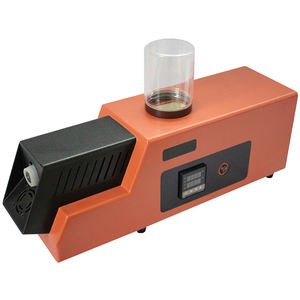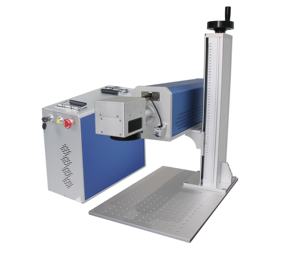**The Secret Sauce for 3D-Printed Car Parts: Picking the Perfect Material**
(What Material Is Ideal For Car Parts 3d Printing)
Imagine building a car piece by piece, layer by layer, like a high-tech Lego project. That’s the magic of 3D printing. But here’s the catch: not all materials are cut out for the job. Picking the right one is like choosing the best ingredients for a recipe. Get it wrong, and your “dish” might fall apart. Let’s break down the top materials for 3D-printing car parts and why they matter.
**PLA: The Friendly Beginner**
PLA is the vanilla ice cream of 3D printing—easy, popular, and great for starters. Made from cornstarch or sugarcane, it’s eco-friendly and smells faintly sweet when melted. It works well for prototypes or non-functional parts like decorative trim or dashboard mock-ups. But PLA has a downside. Leave a PLA part in a hot car, and it might warp like a melted candle. It’s not tough enough for engine bays or parts under stress. Use it for practice, not for the long haul.
**ABS: The Tough Cookie**
ABS is the older sibling of PLA—stronger, more durable, and a bit harder to handle. It’s the stuff LEGO bricks are made of, so you know it’s tough. ABS can handle heat better than PLA, making it a fit for parts near engines or under the hood. But printing with ABS is tricky. It warps if cooled too fast and needs a heated print bed. Plus, it releases fumes that smell like burnt plastic. Open a window, wear a mask, and you’re good to go.
**Nylon: The Flexible Workhorse**
Nylon is the stretchy, bendy hero of 3D printing. It’s strong, lightweight, and can survive wear and tear. Think of it as the material for gears, hinges, or clips that snap together. Nylon absorbs moisture, though. Leave it out, and it turns into a sponge, ruining prints. Dry it before use, and store it in a sealed bag. It’s also picky about printing temperatures. Get it right, and you’ve got a part that lasts.
**PETG: The Goldilocks Option**
PETG sits between PLA and ABS—not too soft, not too finicky. It’s impact-resistant, waterproof, and handles heat better than PLA. Car parts like brackets, covers, or exterior trim love PETG. It’s less brittle than PLA and doesn’t warp as much as ABS. The downside? It can get stringy during printing, leaving tiny hairs on your part. A little sanding fixes that.
**Metal Filaments: When Plastic Isn’t Enough**
Sometimes plastic won’t cut it. Enter metal-infused filaments. These blends mix PLA with copper, steel, or aluminum powders. The result? Parts that look and feel metallic, perfect for custom knobs, badges, or interior accents. But they’re heavy, abrasive on printers, and need polishing to shine. For true metal strength, industries use direct metal 3D printing with lasers and powdered metals. It’s pricey but unbeatable for engine components or suspension parts.
**Carbon Fiber: The Lightweight Beast**
Carbon-fiber-reinforced materials are the superheroes of 3D printing. They’re stiff, light, and nearly unbreakable. Mix carbon fiber with nylon or ABS, and you get parts that rival traditional metal ones. Think of race car components or high-stress brackets. The catch? Carbon fiber chews up standard printer nozzles. Upgrade to a hardened one, and you’re set.
(What Material Is Ideal For Car Parts 3d Printing)
Material science keeps evolving. Today’s experiments could become tomorrow’s car parts. Whether you’re a hobbyist tweaking a vintage ride or an engineer prototyping a futuristic concept, the right material turns ideas into road-ready reality. Just remember: every layer counts.
Inquiry us
if you want to want to know more, please feel free to contact us. (nanotrun@yahoo.com)

